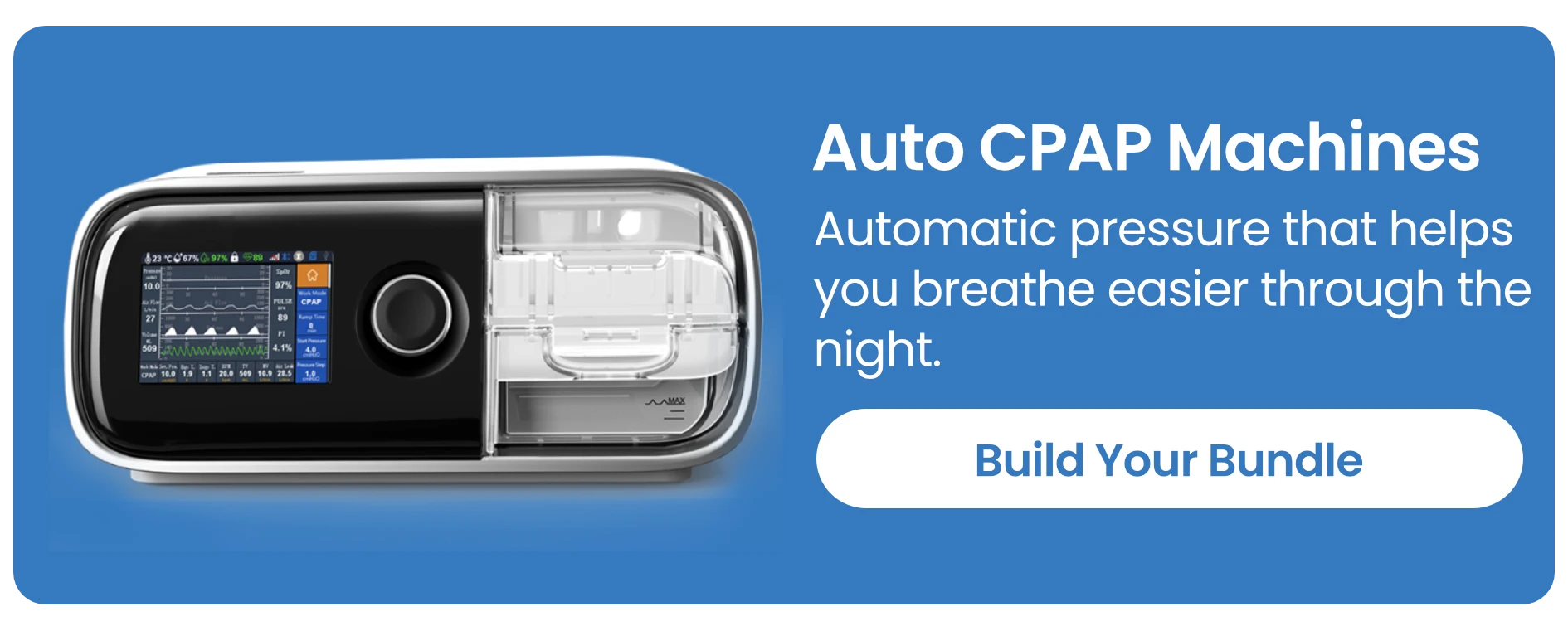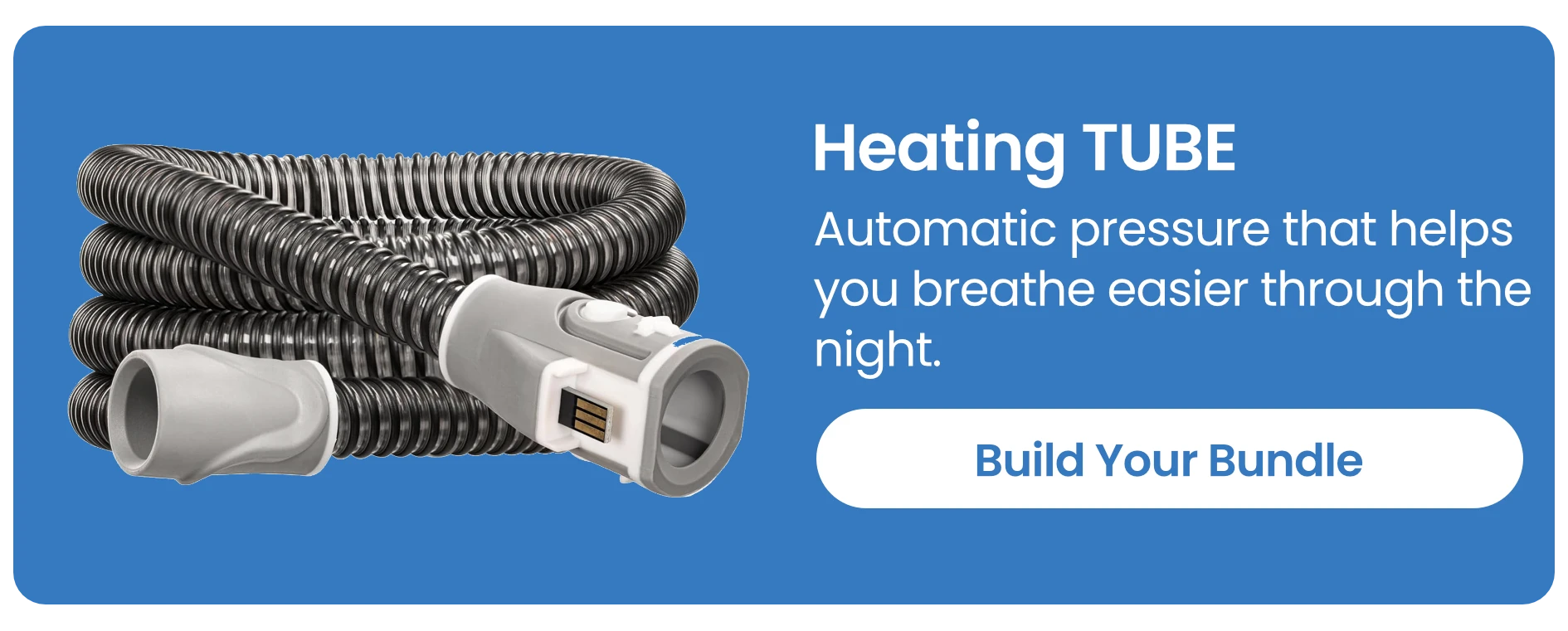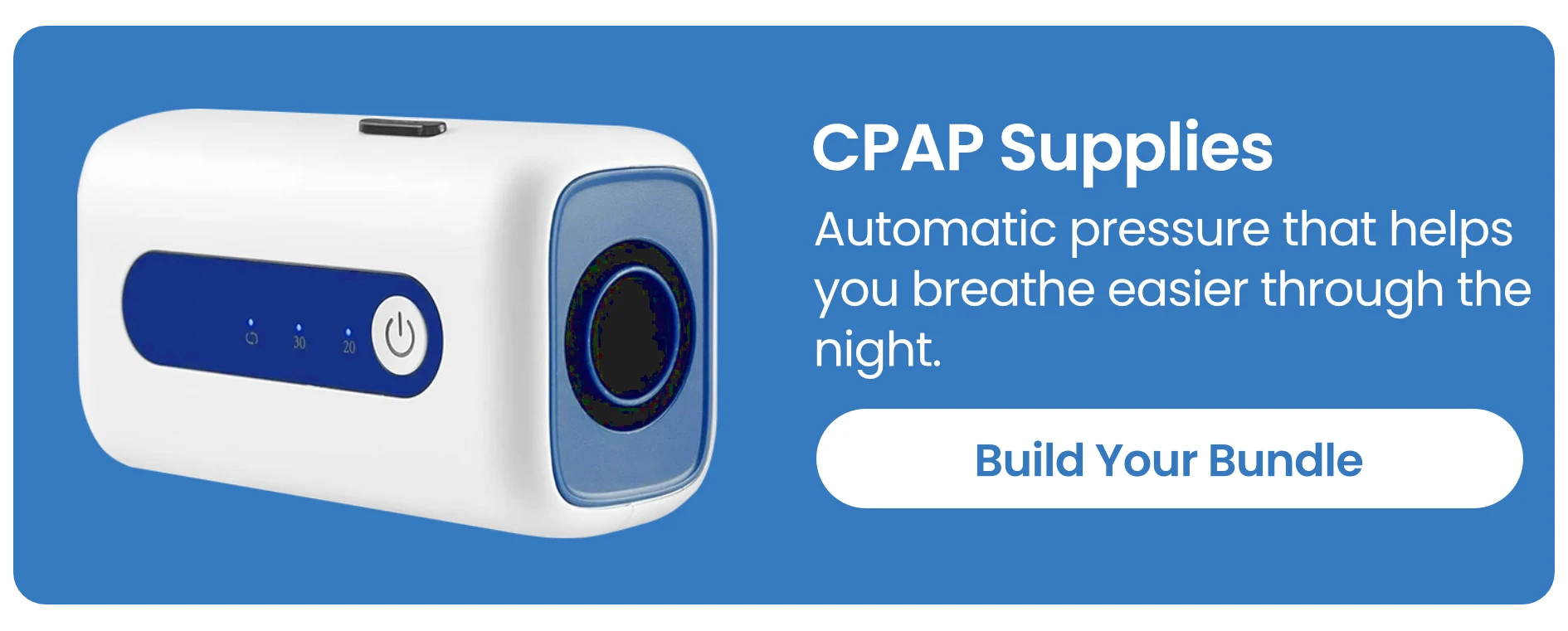Traveling with Your CPAP: Essential Guide for Stress-Free Adventures
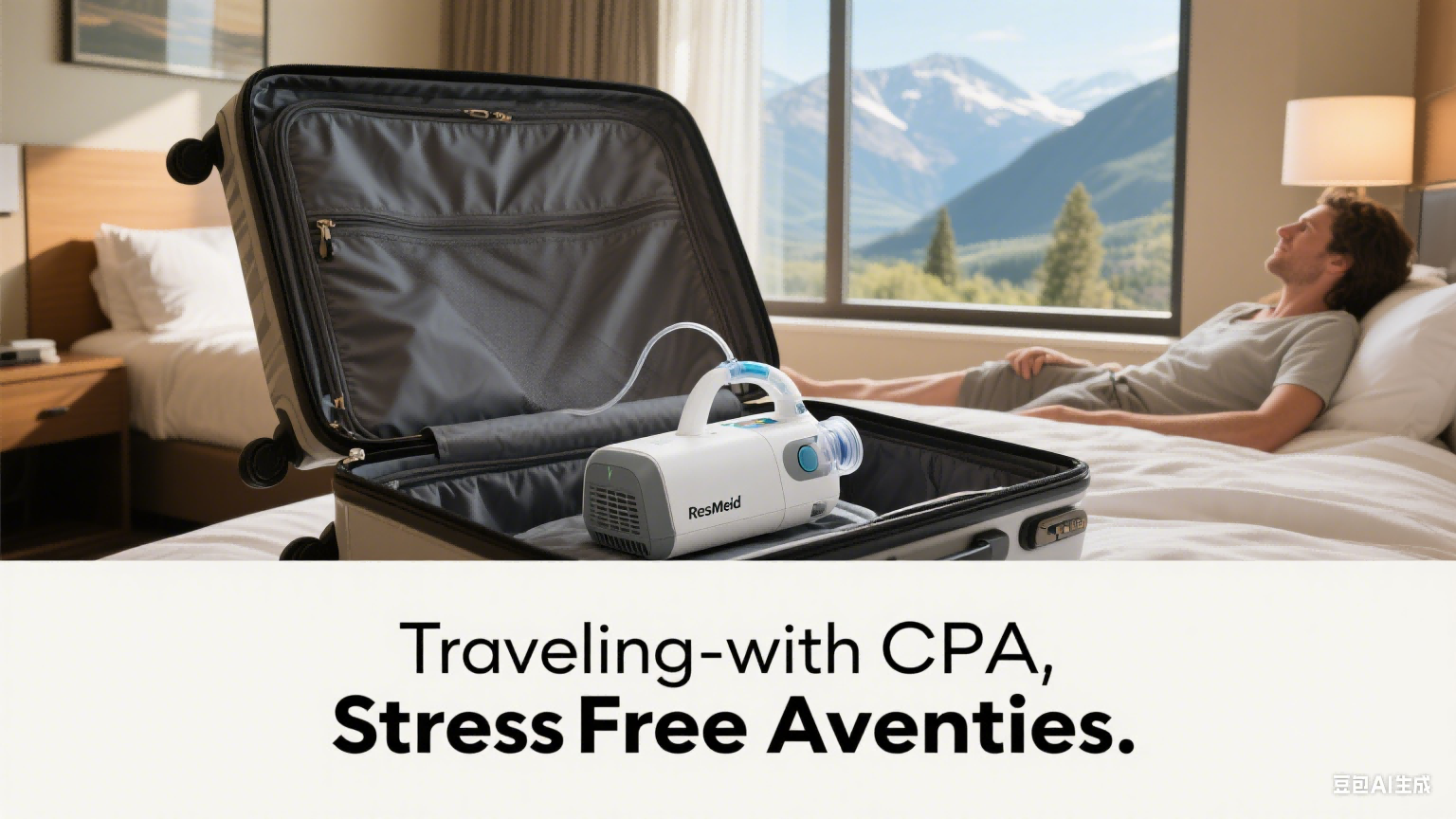
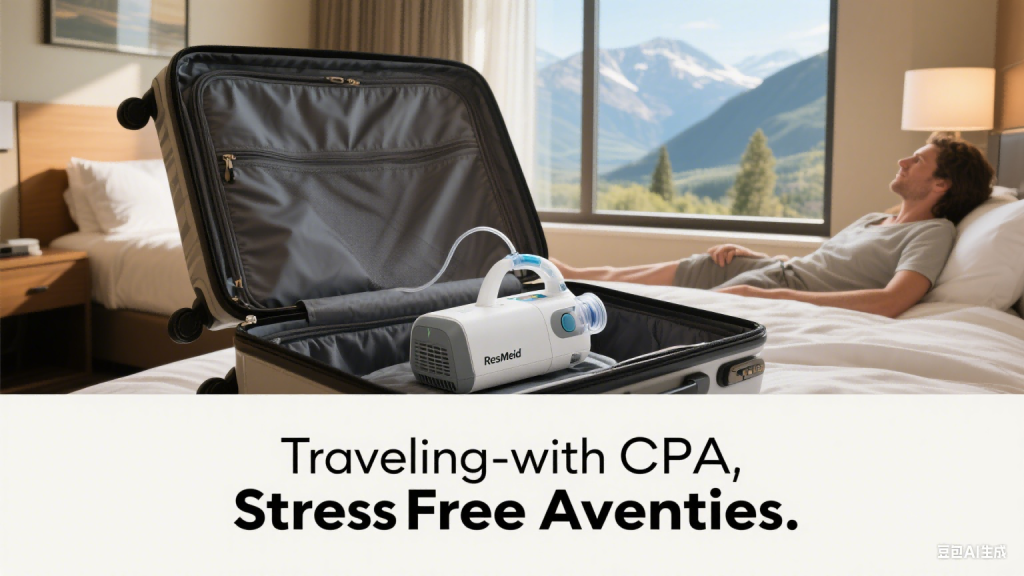
Introduction to Traveling with Your CPAP
Traveling brings excitement, adventure, and new experiences, but for people with sleep apnea, it can also bring added stress. If you rely on a CPAP (Continuous Positive Airway Pressure) machine, you may wonder how to manage it while flying, staying in hotels, or even camping outdoors. The good news is that traveling with your CPAP is easier than you might think—with the right preparation, you can enjoy restful nights no matter where you are.
This guide walks you through everything you need to know—from airline rules to hotel setups—so your CPAP never interrupts your journey.
Why CPAP Therapy is Crucial for Sleep Apnea Patients
Understanding CPAP: How It Works
A CPAP machine delivers a constant stream of pressurized air through a mask to keep your airway open during sleep. This treatment prevents apnea episodes, reduces snoring, and helps you wake up refreshed.
Health Risks of Skipping CPAP During Travel
Skipping CPAP therapy while traveling may seem harmless for a night or two, but it can cause:
- Severe fatigue during the day
- Increased blood pressure
- Morning headaches
- Higher risk of heart issues
That’s why planning ahead to bring your CPAP is essential—not just for comfort but also for your health.
Preparing for Travel with Your CPAP Machine
Choosing the Right CPAP for Travel
Some CPAP models are bulkier than others, making them less travel-friendly. If you travel often, consider a lightweight, portable CPAP machine designed for mobility.
Packing Checklist for CPAP Users
When preparing for your trip, make sure to pack:
- CPAP machine and mask
- Tubing and filters
- Distilled water (if required, or plan to buy locally)
- Power cord and extension cable
- Travel case
CPAP Accessories That Make Traveling Easier
- Battery packs for areas without reliable power
- Travel-sized humidifiers
- Cleaning wipes for quick sanitizing
- Mask liners for added comfort
Air Travel and CPAP Machines
TSA Guidelines for CPAP Machines
The TSA considers CPAP machines medical devices, so you can bring them on flights without counting them as part of your carry-on limit. You may need to remove the machine from its case for screening, but tubing and masks can remain inside.
Tips for Carrying CPAP on Airplanes
- Always carry CPAP as hand luggage (not checked baggage)
- Keep a doctor’s note explaining your medical need
- Use a sturdy travel case to protect your device
Using CPAP During Long Flights
Some airlines allow CPAP use during flights, especially for overnight international trips. Always check with the airline beforehand and ask about in-seat power availability or bring a CPAP battery pack.
Traveling by Car, Bus, or Train with CPAP
Power Solutions for CPAP on the Road
If you’re driving, many CPAP machines can plug into a 12V power outlet with the right adapter. For buses and trains, carry a backup battery in case outlets aren’t available.
Keeping CPAP Safe During Ground Travel
- Store in a padded case
- Avoid leaving it in hot cars
- Keep it upright to prevent water leaks from the humidifier
International Travel Considerations
Power Adapters and Voltage Requirements
Different countries use different voltages and plug types. Most modern CPAP machines are dual-voltage (100–240V), but you’ll still need the correct plug adapter.
Airline and Country-Specific Rules
Some countries may have stricter rules for medical devices. Always check regulations before departure and carry extra documentation from your doctor.
Hotel Stays and CPAP Use
Setting Up CPAP in Hotels
Hotels often have limited outlets near the bed. Bring an extension cord or power strip to ensure you can set up your CPAP comfortably.
Keeping CPAP Hygienic While Traveling
- Use CPAP wipes daily
- Avoid using tap water in humidifiers—opt for bottled or distilled water
- Store the mask in a clean pouch
Portable & Travel-Friendly CPAP Options
Mini CPAP Machines vs. Standard Models
Mini CPAPs are lighter, quieter, and easier to pack. While they may lack some features like full humidifiers, they’re ideal for frequent travelers.
Battery-Operated CPAP Solutions
For camping or long journeys, a rechargeable CPAP battery provides peace of mind when outlets aren’t available. Some batteries last multiple nights per charge.
Troubleshooting Common CPAP Travel Issues
Handling Damaged or Lost CPAP Equipment
If your CPAP is damaged or lost in transit:
- Contact your airline or travel insurance provider
- Visit a local medical equipment supplier
- Always carry a backup mask and tubing
What to Do if CPAP Accessories Break
Mask straps, tubing, or filters may wear out. Carrying spares ensures you won’t be left without therapy mid-trip.
FAQs About Traveling with Your CPAP
- Can I bring distilled water for my CPAP through airport security?
Yes, in limited amounts if labeled as medical liquid. Otherwise, buy distilled water at your destination. - Does my CPAP count as a carry-on bag?
No, it’s considered a medical device and doesn’t count toward your baggage limit. - Can I use CPAP while camping?
Yes, with a portable CPAP or battery pack designed for outdoor use. - Do airlines provide power for CPAP machines?
Some do, especially on long-haul flights. Always confirm with your airline. - What if my CPAP stops working abroad?
Contact the manufacturer for global support or rent a unit from a local supplier. - Is a travel CPAP worth it?
If you travel frequently, investing in a lightweight travel CPAP can make trips much easier.
Conclusion: Enjoy Restful Sleep Wherever You Travel
Traveling with your CPAP doesn’t have to be stressful. With proper planning, the right equipment, and a few smart travel hacks, you can sleep soundly anywhere—whether you’re on a plane, road trip, or international adventure.
Don’t let sleep apnea hold you back—embrace the world with confidence and comfort, knowing your CPAP has your back wherever you go.
For more details on sleep apnea and CPAP therapy, you can visit Sleep Foundation.







